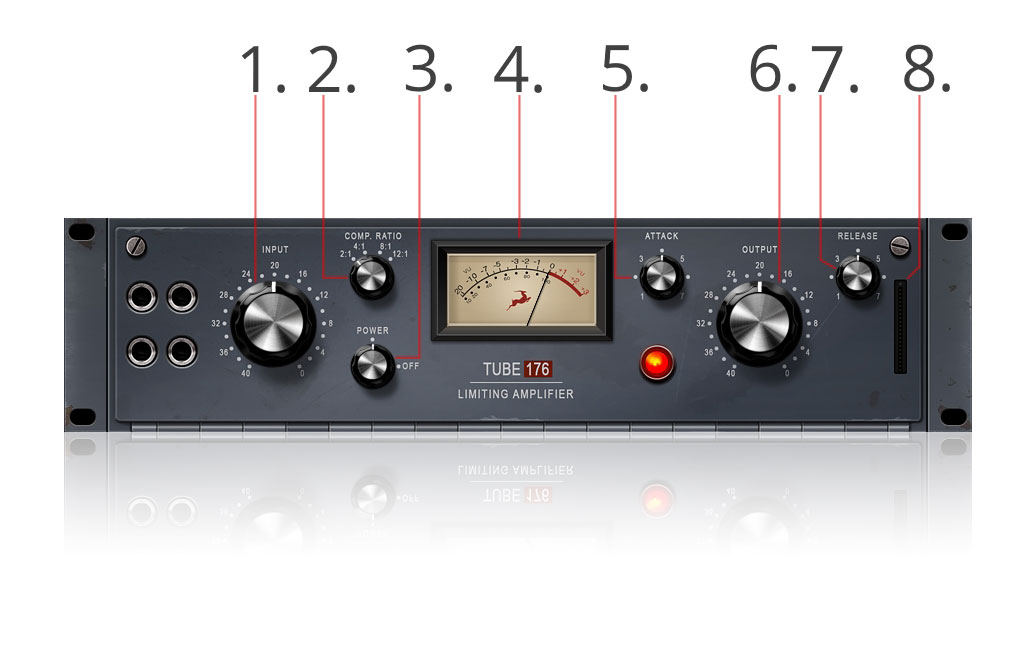1. Introduction
The hardware original behind Tube176 owes its sound to a unique variable-mu dual triode tube which is long out of production. Now this cult studio piece is brought back to life in the FPGA realm as a powerful, fast compressor, which can be used on everything — vocals, guitar solos, bass lines, drums, or even a full mix. Able to smooth the sound or completely flatten it when pushed real hard, Tube176 makes drum transients shine and boosts vocals through a busy mix.

